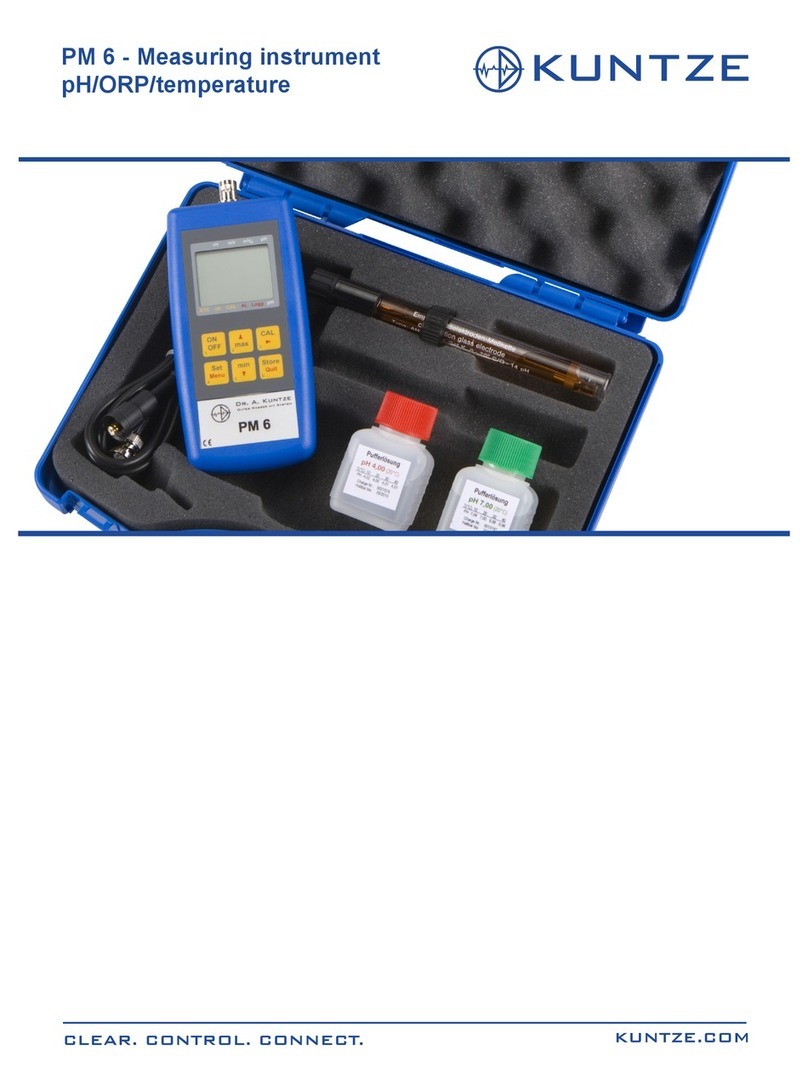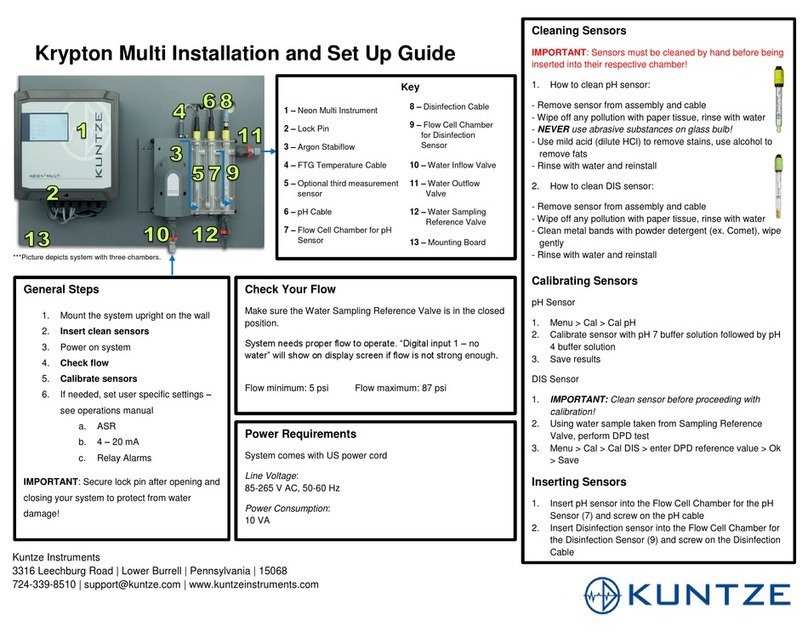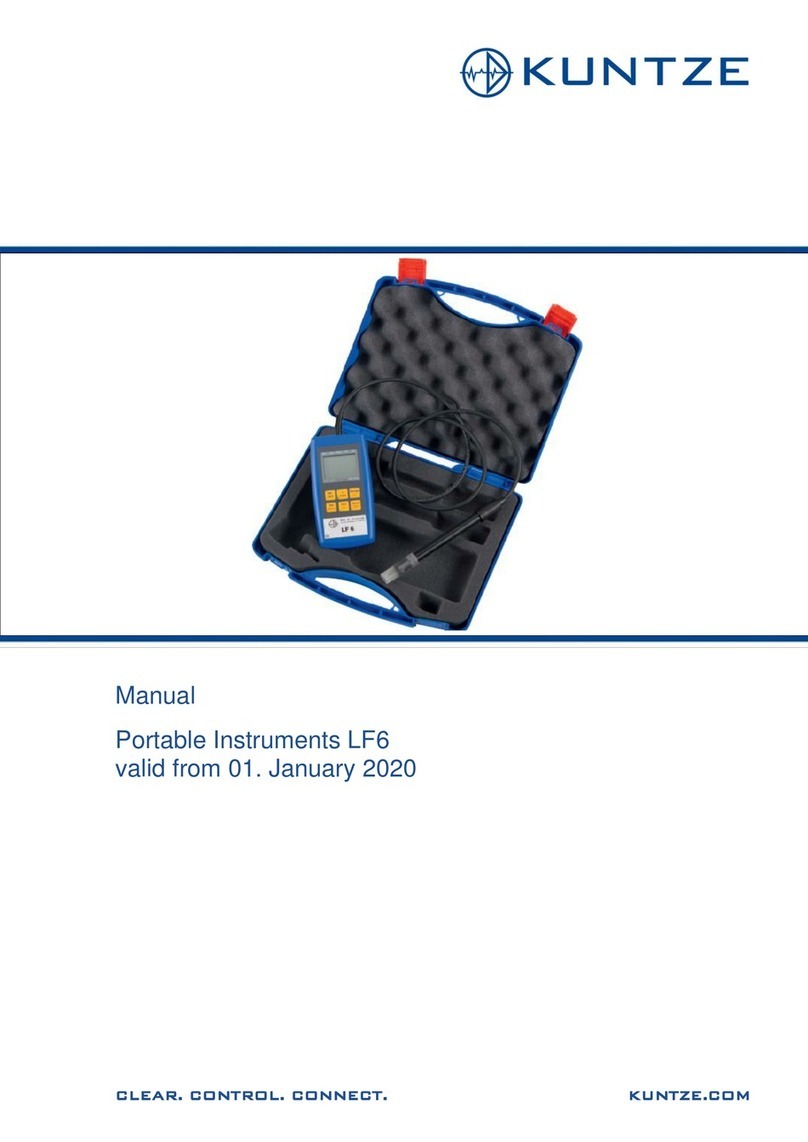
3
K 100 CM/IL & K 100 W CM/IL
Contents
1. Your K 100 .....................................................................................................4
1.1General and Safety instructions ...............................................................5
1.2Application ...............................................................................................6
1.3Intendeduse ............................................................................................6
1.4Features...................................................................................................7
1.5Technical data ..........................................................................................8
2. Instructions for installation and connections .............................................9
2.1Dimensions ............................................................................................ 10
2.2 Installation K 100 ................................................................................... 11
2.3 Installation K 100 W ............................................................................... 12
2.4Connectiondiagram K 100 ..................................................................... 13
2.5 Connection diagram K 100 W................................................................. 14
3. Operation of the instrument....................................................................... 15
3.1How to adjust parameters....................................................................... 16
3.2Where to look forinformation.................................................................. 17
3.3Menuoverview ........................................................................................ 18
4. Code and laguage...................................................................................... 19
5. Adjustments for measurement .................................................................. 20
5.1 Calibration .............................................................................................. 21
5.2Temperaturecompensation .................................................................... 22
5.3ORPmeasurements............................................................................... 23
6. Adjustment of the controller ...................................................................... 24
6.1ON/OFFcontroller.................................................................................. 25
6.2P / PIcontroller as impulse-frequencycontroller..................................... 26
6.3 P / PI controller as pulse-pause controller .............................................. 27
6.4Activation and deactivation ofthe controller............................................. 28
6.5Turn-on delay ......................................................................................... 28
6.6External controller stop(digital input) ..................................................... 28
6.7Manual operation of therelays................................................................ 29
6.8Limit values andAlarm ........................................................................... 30
6.9 Dosage check ........................................................................................ 31
7. Data output.................................................................................................. 32
7.1Currentoutput ........................................................................................ 32
7.2Current output as controlleroutput ......................................................... 32
7.3SerialinterfaceRS485 (option) ............................................................... 32
8. Operation and maintenace........................................................................ 33
9. Service ........................................................................................................ 35
9.1Product info............................................................................................ 35
9.2Analog inputs ......................................................................................... 35
9.3 Erase settings (reset)............................................................................. 35
10.Error messages ......................................................................................... 36
Index ............................................................................................................... 37
Customer settings - for reference! ................................................................. 39
































